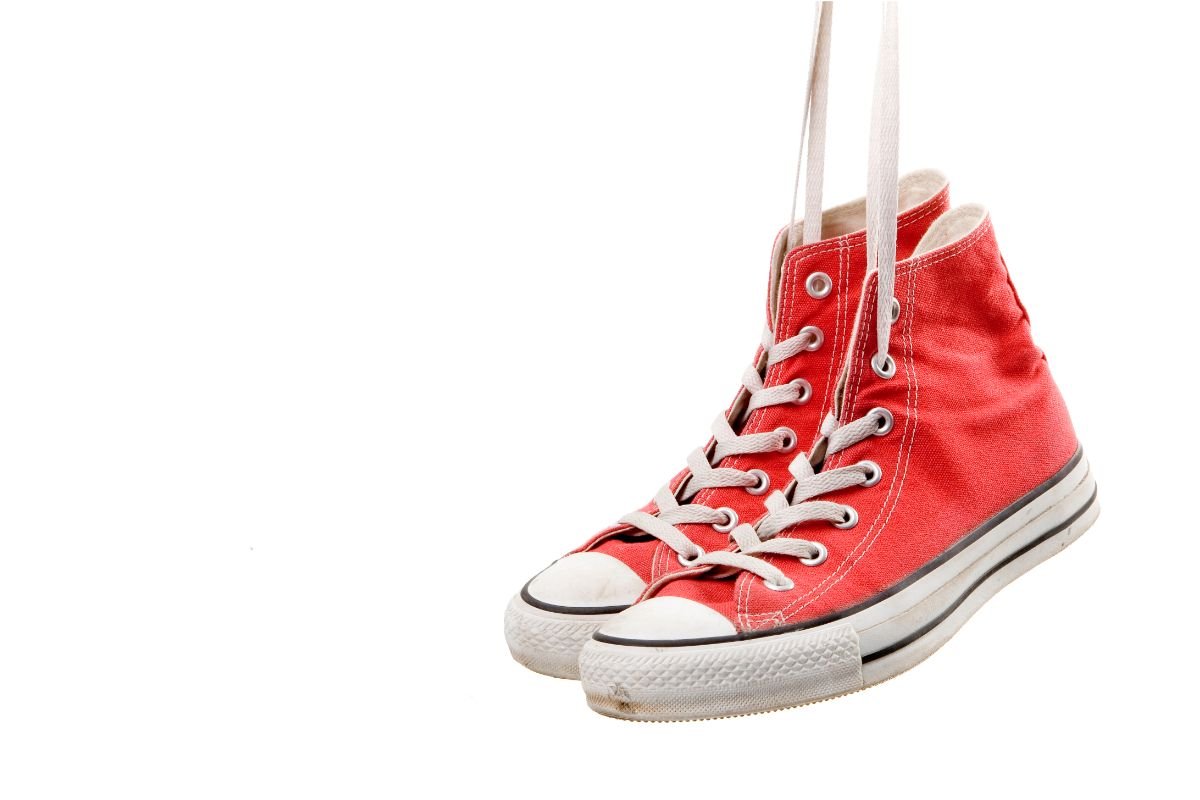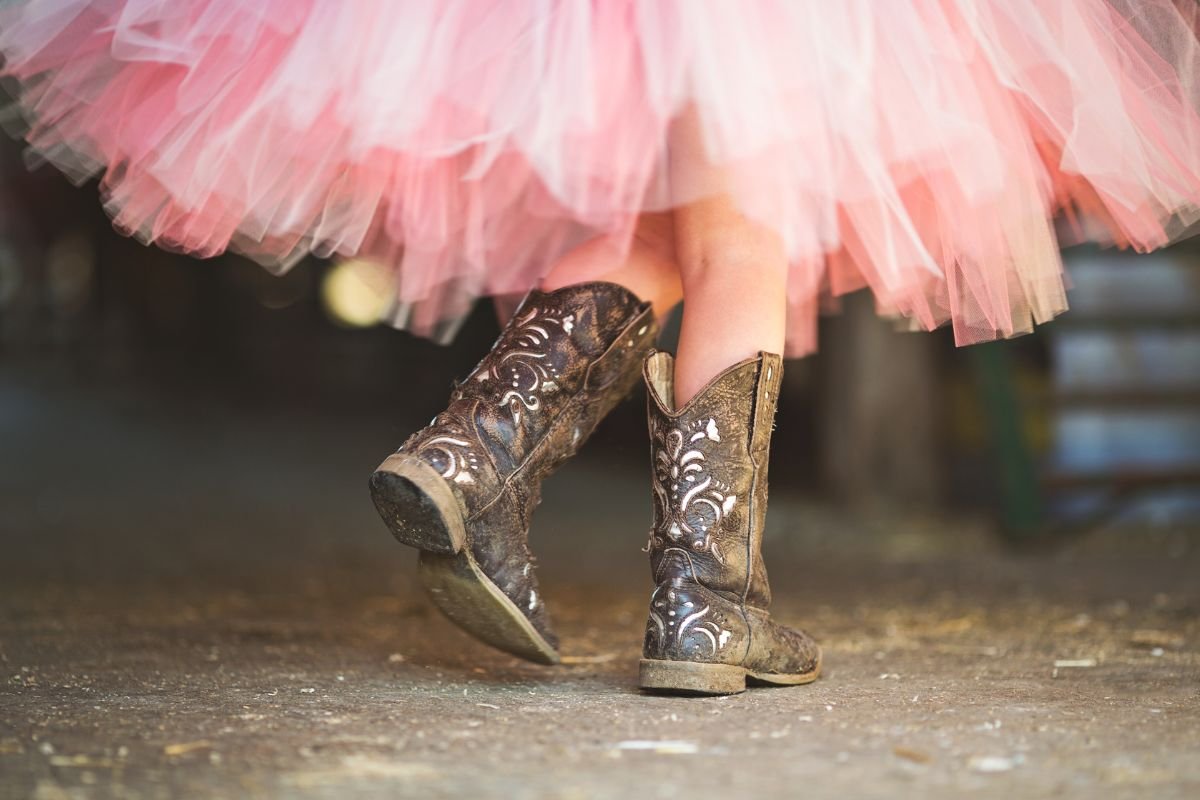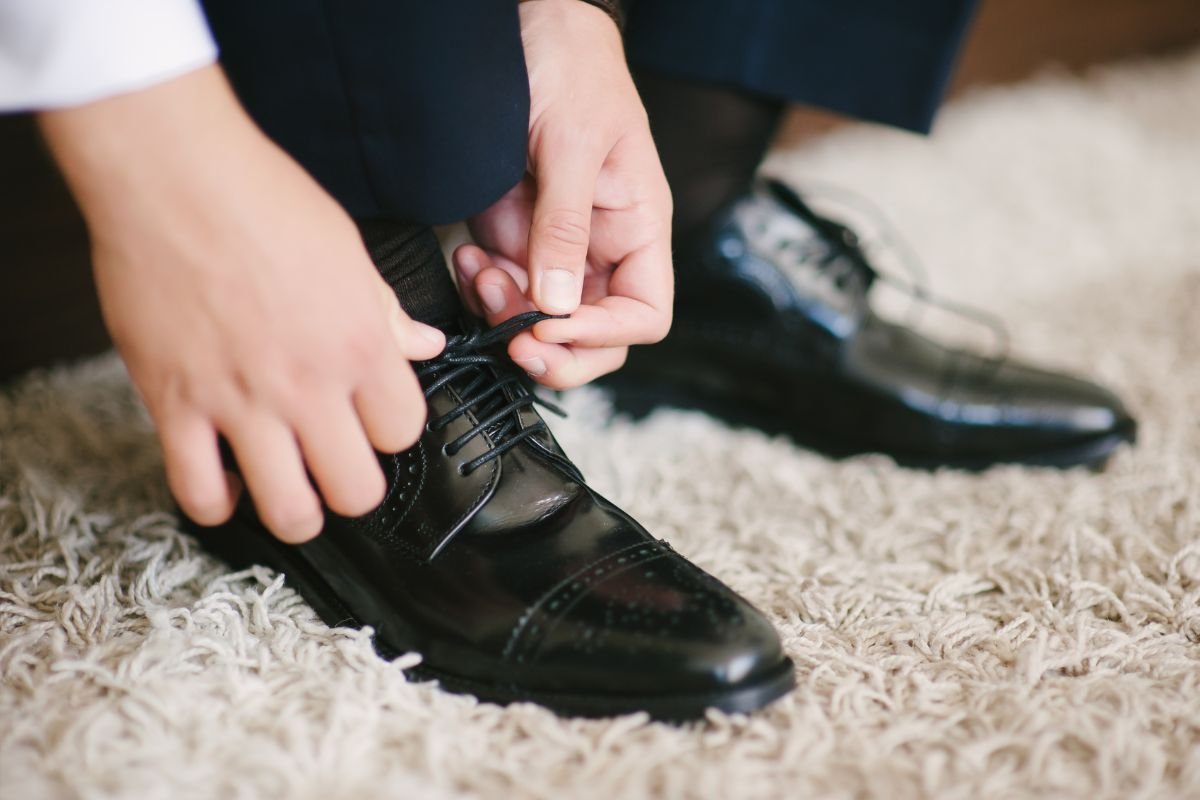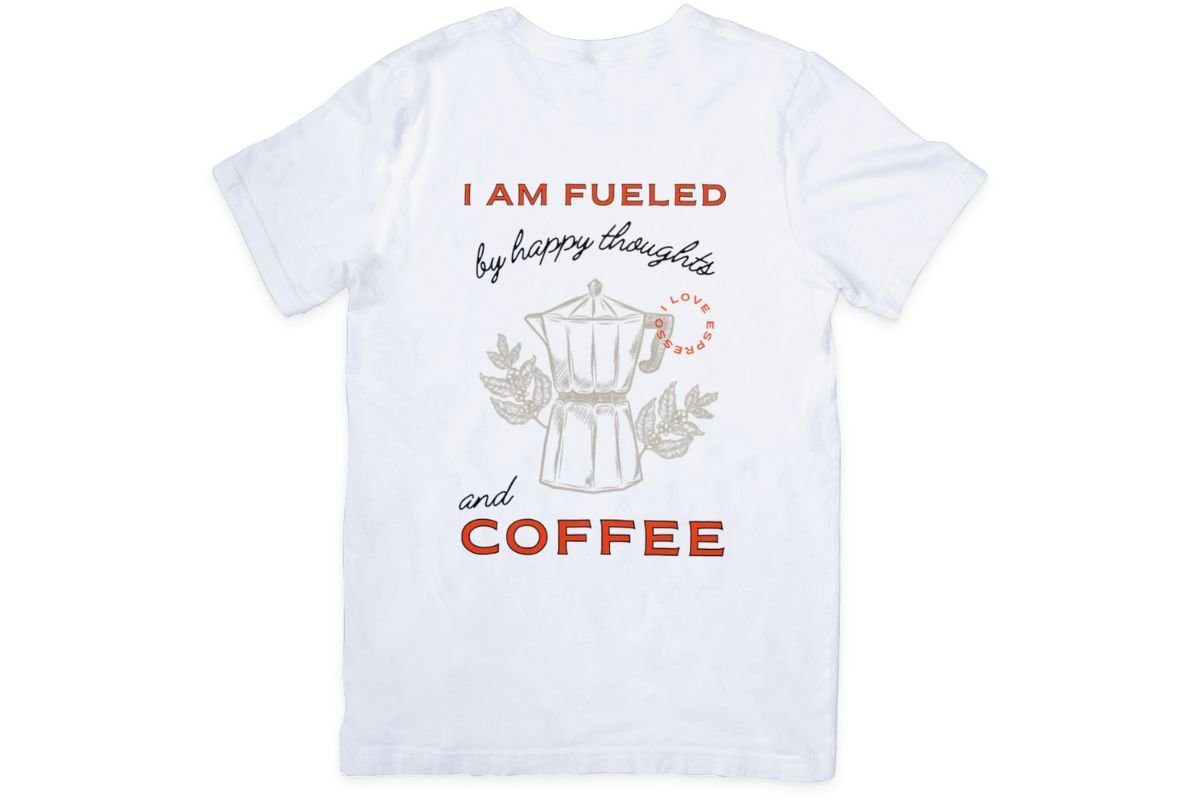Leather is stylish, luxurious, soft and extremely durable. We have relied on leather in our clothing and accessories for many centuries.

But real leather has a significant impact on the environment, and this is where eco leather is different.
This environmentally friendly leather is real leather which undergoes more eco-friendly processes.
We take a closer look at what eco leather is and how it differs from normal leather.
What Is Eco Leather?
Eco leather has many definitions. It can be genuine leather which has been processed more environmentally friendly or it’s a vinyl or plant-based material.
Some manufacturers define their eco leather as genuine leather which is processed in a different way to regular leather. The tanning process for eco leather uses vegetal which is a plant-based product.
Some leather experts say that real leather can never be fully eco-friendly as cows produce a large amount of C02.
In addition, raising and feeding cattle also contributes to a large amount of emissions.
This means that to some, there is nothing like eco-leather, while others believe that leather can be produced with plant-vegetal instead of harsh chemicals making leather processes more eco-friendly.
Common Types Of Eco Leather
Since there are so many different definitions of eco leather, there are also many different types.
The type of eco-leather is usually defined by the materials that are used for creating a leather product.
Recycled Eco Leather
Recycled eco leather is regular leather which has already been used in other products and is being turned into a new product.
This can be any old leather which is still usable, from old car seats to jackets and leather sofas. Even torn out leather pieces can often be recycled.
These leather pieces then undergo an environmentally friendly production processes which used only plant-based materials.
This turns old leather into beautifully, new leather products.
But it’s not just the vegan production processes that make recycled leather eco-friendly. As old leather is reused, there is a lot less leather going to landfill.
This reduces waste and the impact on the environment, making recycled leather a great eco-friendly leather for many different products.
However, some people think that recycled leather has a low quality because the leather has been used previously.
While this may be true for some recycled leather items, all types of leather are extremely durable and they can last for many years without tearing.
Byproduct Leather
Byproduct leather is usually any kind of leather that is recovered as a byproduct from the hunting, meat or fishing industry.
This leather should come from organic farms or fisheries. Besides the leather, the entire animal will be used for practical purposes.
Byproduct leather is very similar to regular leather and it has a very high quality.
This type of leather is eco-friendly because it keeps the impact on the environment to a minimum and the wellbeing of the animals used is ensured.
Tanned Eco Leather
This kind of eco leather is environmentally friendly because it uses natural tanning processes and techniques which don’t use any toxic chemicals.
While this type of leather could be real leather, the tannins used for the tanning should be plant-based and biodegradable.
Natural Eco Leather
When manufacturers use only natural materials, then they can label their leather as natural eco leather.

This could be any type of leather which has been produced with natural materials.
Vegan Leather
Vegan leather doesn’t contain any animal products or animal-based byproducts. It is much more similar to faux leather, using only synthetic leather materials, such as PU or PVC.
However, these materials often used plastic-based ingredients which can cause harm to the environment.
Saying this, there are also vegan eco-leather products that use fully natural materials, such as cork.
Any vegan leather that is made from leaves, stems, fruits or other parts of plants is eco-friendly.
Is Eco Leather Better Than Real Leather?
The reason why eco leather is so popular is because of its low carbon footprint and the use of natural materials which are processed without any chemicals.
In addition, many of the ingredients in eco leather are also biodegradable, so they don’t leave any trace.
When it comes to quality and durability, real leather is often better than most types of eco leather.
Eco-friendly leather is usually thinner and lighter which makes it less durable. This means that it can tear more easily than real leather.
Is Eco Leather More Expensive?
No, eco leather is not more expensive than real leather. In fact, eco-friendly leather is affordable because the production process is cheap.
What makes leather so expensive is usually the handling of the animals themselves, and as this part doesn’t exist in the production of eco leather, you can save a lot of money.
How Long Does Eco Leather Last?
As eco leather refers to a large range of leathers that are produced environmentally friendly, there is no specific time that eco leather can last.
Generally, any eco leather that is based on real leather can last a long time. However, eco leather items that are made from other materials may tear or break much sooner.
As a rule of thumb, when you are shopping around for an eco leather item, then you usually have to trust the brand label.
Read the product details and find out what your shoes, purse or your chosen item is made of.
It’s also important to care for your eco leather product as per the manufacturer recommendation. This will ensure that your eco leather item will last for some time.
Is Vegan Leather The Same As Faux Leather?
Faux leather and vegan leather are often considered the same material made from synthetics, such as plastics.
However, vegan leather is made with natural materials and natural production processes.
Final Thoughts
While there is no single definition of eco leather, the goal of this special type of leather is always the same: reduce the impact on the environment by cutting down waste and using plant-based materials.
- 15 Amazing Vegan UGG Boots Not To Miss Out On - November 23, 2022
- 15 Vegan Running Shoes To Brighten Up Your Wardrobe - November 23, 2022
- 8 Best VEJA Vegan Sneakers To Buy Today - November 22, 2022










